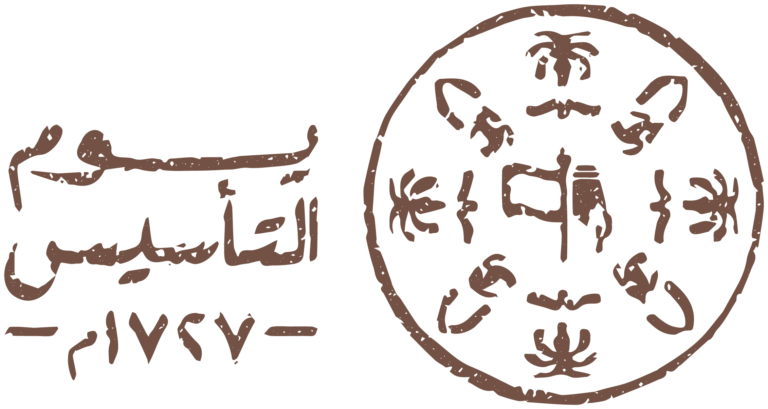DUBAI, United Arab Emirates — The simultaneous operational deployment of a U.S. and a Russian air-defense system in Saudi Arabia will be “difficult and will pose a problem,” according to Lockheed Martin’s vice president of air and missile defense systems.
Saudi Arabia has reached agreements to reinforce its missile defense capabilities with the U.S. Terminal High Altitude Area Defense system and the Russian S-400 Triumf.
“The U.S government would clearly have to make a serious decision regarding this matter,” Lockheed’s Timothy Cahill said in a press briefing at the Dubai Airshow.
Obstacles identified in the joint deployment include interoperability, data sharing and communication between the two systems.
“We will be faced with some serious challenges, especially that two different companies are producing air-defense systems,” said Dan Norton, the vice president of strategic business development at Lockheed. “Crossing of classified data will be the biggest issue. Segregation of data during joint fire missions will be of critical significance.
“The Terminal High Altitude Area Defense is in its delivery process to the UAE, while Saudi Arabia is considered to be the second international customer to acquire the system.”
The THAAD system is currently deployed in South Korea by the U.S Army.
When asked about human rights concerns surrounding Saudi-led action in Yemen and the transfer of missile technologies to the kingdom, Cahill said: “THAAD is considered a defensive system, so it does not have an offensive capability nor carry a warhead. It’s lethal to incoming missiles, but nothing else. So generally speaking, THAAD is not typically caught up in terms of delivering offensive capability.”
The THAAD system will be operational alongside the Patriot Advanced Capability — 3, as Saudi Arabia didn’t procure the latest version of Patriot, the Missile Segment Enhancement.
Washington has approved some 600 PAC-3 missiles and associated support equipment to Saudi Arabia in July 2015. And last October, Washington cleared a potential sale of 360 Lockheed Martin-produced THAAD hit-to-kill missiles, 44 launchers, and associated fire-control stations and radars in a package assessed at $15 billion.
In parallel to that potential U.S. deal, during an early October visit to Moscow by Saudi King Salman bin Abdul-Aziz Al Saud Salman to Moscow, the kingdom announced an agreement with Russia to procure the S-400. According to U.S. and Russian executives interviewed in Dubai, neither deal has been formally concluded.
“We are just delivering PAC-3 to Saudi Arabia. Particularly for the region, the Patriot provides an excellent point of defense while THAAD will provide more powerful radar capabilities and a larger missile that has greater range,” Cahill said.
https://www.defensenews.com/digital...fense-systems-will-create-serious-challenges/
Saudi Arabia has reached agreements to reinforce its missile defense capabilities with the U.S. Terminal High Altitude Area Defense system and the Russian S-400 Triumf.
“The U.S government would clearly have to make a serious decision regarding this matter,” Lockheed’s Timothy Cahill said in a press briefing at the Dubai Airshow.
Obstacles identified in the joint deployment include interoperability, data sharing and communication between the two systems.
“We will be faced with some serious challenges, especially that two different companies are producing air-defense systems,” said Dan Norton, the vice president of strategic business development at Lockheed. “Crossing of classified data will be the biggest issue. Segregation of data during joint fire missions will be of critical significance.
“The Terminal High Altitude Area Defense is in its delivery process to the UAE, while Saudi Arabia is considered to be the second international customer to acquire the system.”
The THAAD system is currently deployed in South Korea by the U.S Army.
When asked about human rights concerns surrounding Saudi-led action in Yemen and the transfer of missile technologies to the kingdom, Cahill said: “THAAD is considered a defensive system, so it does not have an offensive capability nor carry a warhead. It’s lethal to incoming missiles, but nothing else. So generally speaking, THAAD is not typically caught up in terms of delivering offensive capability.”
The THAAD system will be operational alongside the Patriot Advanced Capability — 3, as Saudi Arabia didn’t procure the latest version of Patriot, the Missile Segment Enhancement.
Washington has approved some 600 PAC-3 missiles and associated support equipment to Saudi Arabia in July 2015. And last October, Washington cleared a potential sale of 360 Lockheed Martin-produced THAAD hit-to-kill missiles, 44 launchers, and associated fire-control stations and radars in a package assessed at $15 billion.
In parallel to that potential U.S. deal, during an early October visit to Moscow by Saudi King Salman bin Abdul-Aziz Al Saud Salman to Moscow, the kingdom announced an agreement with Russia to procure the S-400. According to U.S. and Russian executives interviewed in Dubai, neither deal has been formally concluded.
“We are just delivering PAC-3 to Saudi Arabia. Particularly for the region, the Patriot provides an excellent point of defense while THAAD will provide more powerful radar capabilities and a larger missile that has greater range,” Cahill said.
https://www.defensenews.com/digital...fense-systems-will-create-serious-challenges/

